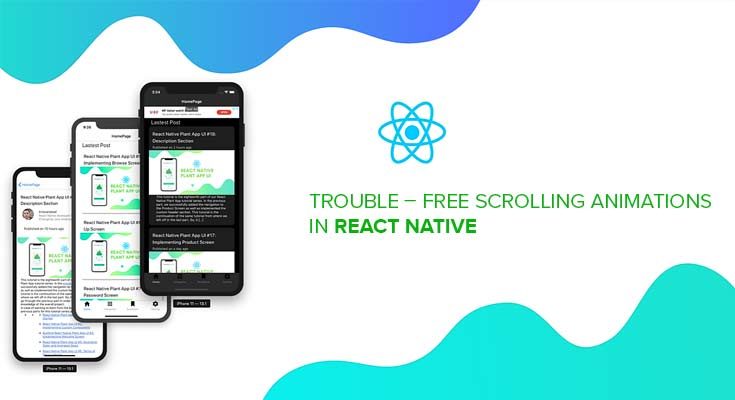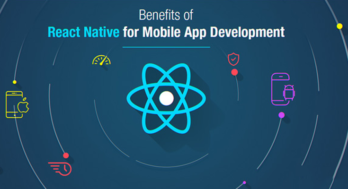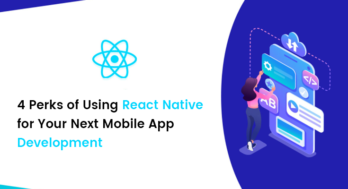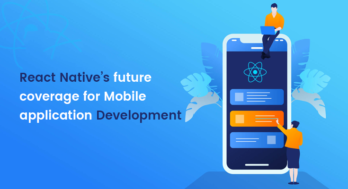The history of animations has always been interesting, like come on if you date back to Disney days when everything was huge and ever since the concept just started getting better and better. And, right after the boon of technology animations were to be seen anywhere in the field of graphics and computers.
Why use Animations Today?
Everything today around the world is available over the web. From gathering important information to playing portals and even shopping. Mostly, we refer to the internet for all purposes, and hence there is such a huge competition in acquiring a good ranking for your website. So what helps make your app or website so attractive?
Of course, a good user experience (UX), can drastically pull visitors to your work. And, also seeing animations help visitors understand the concept of your work in a better and more dynamic way. But, once you include animations it is important to ensure that your creation is short, simple, and highly interesting. After all, nobody wants to waste their time viewing boring animations.
What is the problem with Creating Animations?
There are a plethora of issues which come while creating animations. Developers usually lag in creating animations, and at times they may even skip the idea altogether.
Another problem is that suppose you have created an animation that is supposed to play when a button is clicked. But, in case your code is put appropriately then there are chances that the animation would run whenever it feels like.
Now let’s pinpoint at some of the factors which will help you optimize your animations properly in the React Native app. We hope that these below-mentioned points will help at making your animations better.
How can you optimize your animations properly in the React Native app?
Let’s get started, and honestly these factors can be super helpful for a React Native Developer.
1. Try to use Native Driver for Android
The thing about React Native is that things relating to animations can be sent to the native layer. This is even before the app has even started. One useful part about React Native is that it allows the code to perform the animation on the UI thread. And, it doesn’t even have to pass through the bridge every single time.
Also, ensure that your JS is not blocked, or else the animation will fail to work.
2. Avoid Nesting your Animation
Well, sometimes adding animated value to the state can be helpful. But instead of making use of another component by nesting the animation to the component try to move up the animated component out. And, then you can easily manage the updates on itself.
Try doing this and see how this helps you out.
3. Make use of ‘Should Component Update’.
Honestly, this is one of the simplest ways in which you can slow component faster, and it is also one of React Native’s lifecycle methods.
The best part is that it gives you a Boolean value. But, remember to use caution while implementing this life-cycle method. There are always chances that you may miss a re-render and then down the line, the app will start skipping rendering each child component where this particular method has been defined.
4. What to do for Slow Loading in React Native?
Now, we will start by supposing you have a TabNavigatorcontaining around 5 tabs. If all of them are StackNavigators with big animations and API calls then it is sure to lag.
To prevent the lag from happening you can simply call all the animations by using Lazy Loading. Through this process, only a single component will be focused and then rendered.
A perfect method to increase optimization in the app.
5. Try to not use the ComponentDidUpdate
Well, any React Native Developer would know that this is the updated version of ComponentDidMount. One of the life-cycle methods which can be easily accessed in the UI stack. Now, this method is used to interact with our refs to start another update.
But, one thing to know for developers is that this particular life-cycle is risky.
Wondering why? Well, there are usually high risks of your app entering the infinite loop. So, often it is advised that if you proceed then do it with caution.
For higher safety, you an even avoid using it at all costs.
What do you need to know about Native Driver for Animations?
A developer usually faces a lot of performance issues with animations. And, this is particularly when your app has complicated elements included in the animations. In React Native you can easily create an animation and then add an Animated Value which will further help with updates and changes.
A good developer needs to be aware of the Javascript thread. In case this thread is blocked your animation could face the issue of skipped frames.
Now, if you are wondering about What a Native Layer does, then here it is?
There are animated nodes that are produced and this can be put into a serial order or even sent to native. But the sending process starts only when the animation begins. You can even eliminate the callback into the JS thread.
And, the native node can take care of the required updates directly onto the UI thread on each frame.
What is a Declarative API?
It is the basic key that is used to reduce passes over the bridge.
Here are a few points which you need to know about the Declarative API-
- This allows declaring behaviors advanced in Javascript.
- You can even serialize the entire declaration and then pass it to the bridge.
- A React Native driver will then execute the behavior in the native realm.
In this article, we have made sure to cover some tips for smooth scrolling animations to React Native. We hope that these approaches will help you in making your app or website even more attractive and increase its user experience in the best way possible. For a more intriguing app by reaching out to React native developers India.
.



